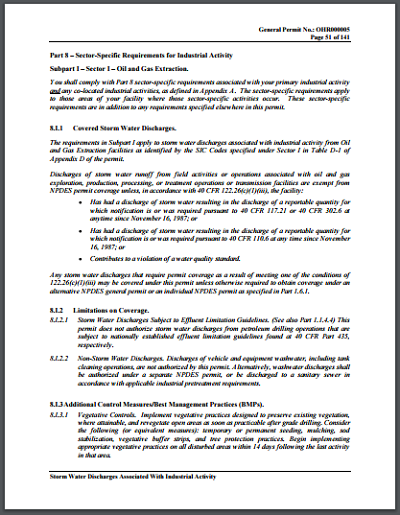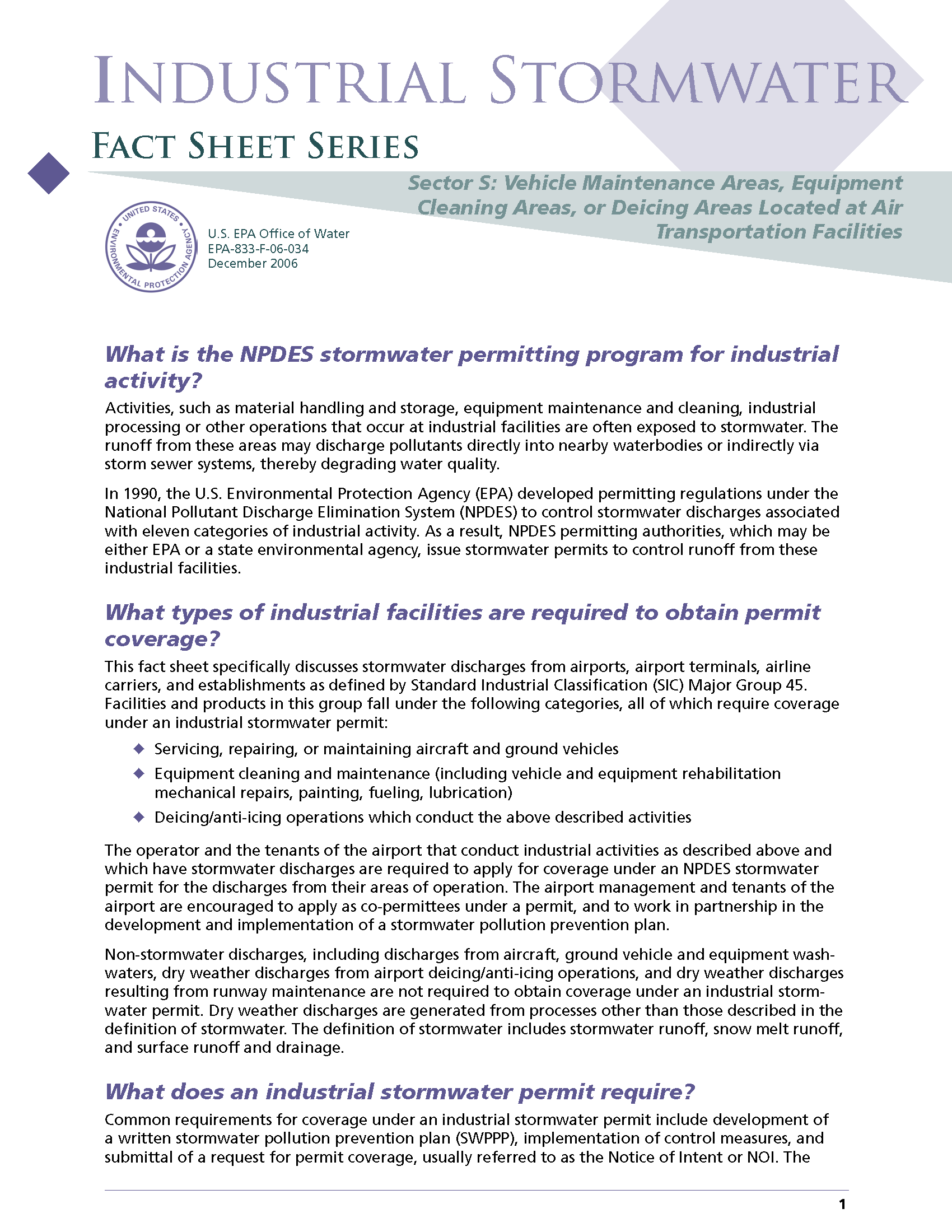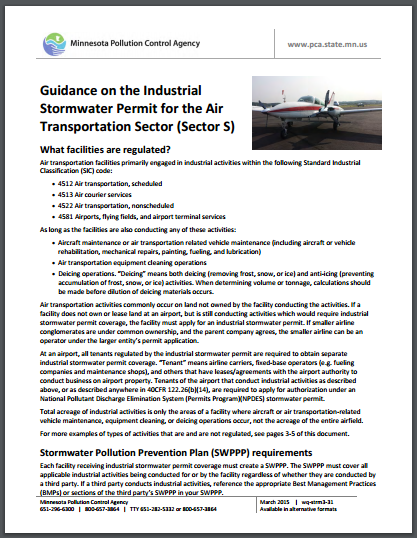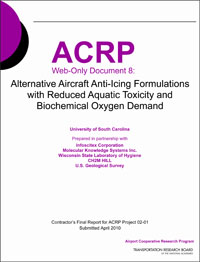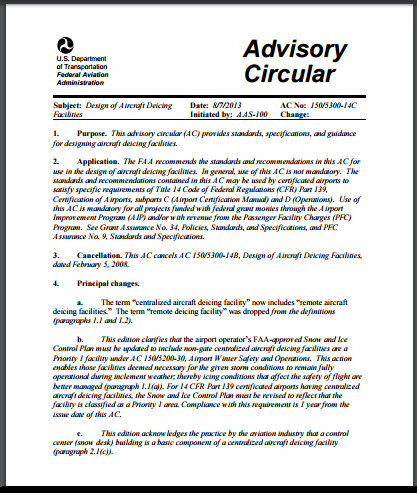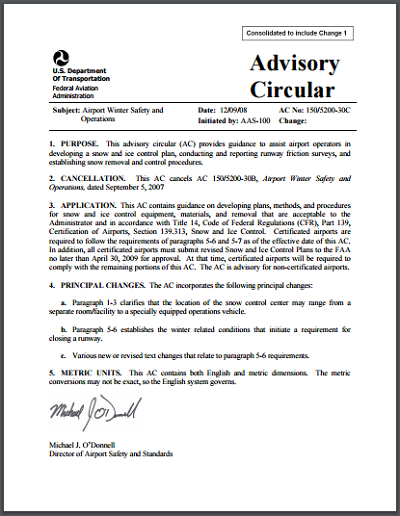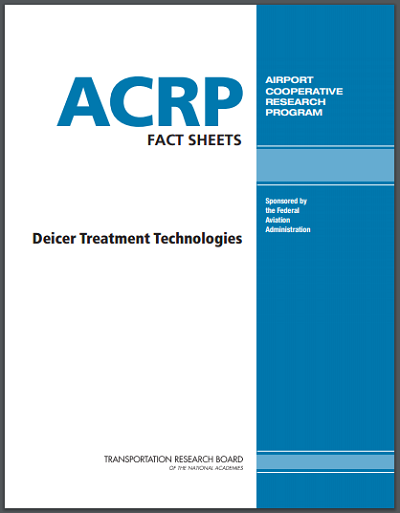< Return to Stormwater Regulations & Permitting
Regulatory Summary: Construction Stormwater Permitting
How does the Environmental Protection Agency’s (EPA’s) construction stormwater permit program differ from the rest of the industrial stormwater permitting program?
EPA and most National Pollutant Discharge Elimination System (NPDES) authorized states have issued NPDES general stormwater permits for discharges associated with construction activity (typically called “construction general permits” or “CGPs”). CGPs are separate from industrial stormwater permits (see related summary: Industrial Stormwater Permitting) because of the unique issues associated with temporary active construction operations that disturb soils. The 1990 Phase I stormwater regulations require CGP coverage for all construction activity that results in the disturbance of 5 acres or greater of the total land area. Also included is disturbance of less than 5 acres of total land area that is part of a larger common plan of development or sale if the larger common plan will ultimately disturb 5 acres or more. The 1999 Phase II stormwater regulations require CGP coverage for all construction activity that results in land disturbance that is equal to or greater than 1 acre and less than 5 acres. This includes the disturbance of less than 1 acre of total land area that is part of a larger common plan of development or sale if the larger common plan will ultimately disturb equal to or greater than 1 and less than 5 acres.
The process for obtaining CGP coverage is different from other stormwater permits, involving preparation and submission of a Notice of Intent (NOI), and certification that the permittee meets the permit’s eligibility conditions and will comply with the permit’s requirements. Authorization after submission of the NOI is relatively quick (typically within 7 days). The conditions specified in the permit (e.g., Stormwater Pollution Prevention Plan preparation, training, etc.) must be met prior to the initiation of any land-disturbing construction activities. Some states allow the option of not requiring submission of an NOI for stormwater discharges associated with small construction activity (i.e., 1 to 5 acres).
For more information on the CGP, see EPA’s Stormwater Discharges from Construction Activities and Stormwater Pollution Prevention Plans for Construction Activities websites. To find these websites, search the internet using these keywords: EPA construction stormwater.
What is a “common plan of development” and does that include an airport’s long-range master plan?
A “common plan of development or sale” may consist of many small construction projects. For example, an original common plan of development for a residential subdivision might lay out the streets, house lots, and areas for parks, schools, and commercial development that the developer plans to build or sell to others for development. All these areas would remain part of the common plan of development or sale until the intended construction occurs and permit coverage is required if the overall area exceeds 1 acre. The “common plan” in a common plan of development or sale is broadly defined as any announcement or piece of documentation (including a sign, public notice or hearing, sales pitch, advertisement, drawing, permit application, zoning request, computer design, etc.) or physical demarcation (including boundary signs, lot stakes, surveyor markings, etc.) indicating construction activities may occur on a specific plot.
In the case of airports, however, EPA recognizes that an airport’s long-range master plan of development—where some portions of the master plan are conceptual rather than a specific plan of future development (due in part to future needs and funding), and the future construction activities would, if they occur at all, happen over an extended time period—allows the airport to consider the “conceptual” phases of development to be separate common plans, provided the periods of construction for the physically interconnected phases will not overlap.
What is a “local qualifying program” and does that exempt the airport from state NPDES permitting?
EPA and NPDES-authorized state permitting authorities may include conditions in a construction stormwater permit that incorporate qualifying state or local erosion and sediment control program requirements by reference. A qualifying state or local erosion and sediment control program is one that includes the requirements at 40 CFR § 122.44(s). Once EPA or an NPDES-authorized state identifies and incorporates a qualifying local program in its NPDES CGP, operators can follow the erosion and sediment control requirements of the qualifying local program. By incorporating the qualifying local program in this way, the permitting authority can avoid inconsistent erosion and sediment control requirements between the local program and the NPDES general permit for stormwater discharges associated with construction activity. Operators that are engaged in construction activity within a qualifying program must still submit an NOI under the appropriate CGP and comply with all other permit conditions.
* * * * * * *

